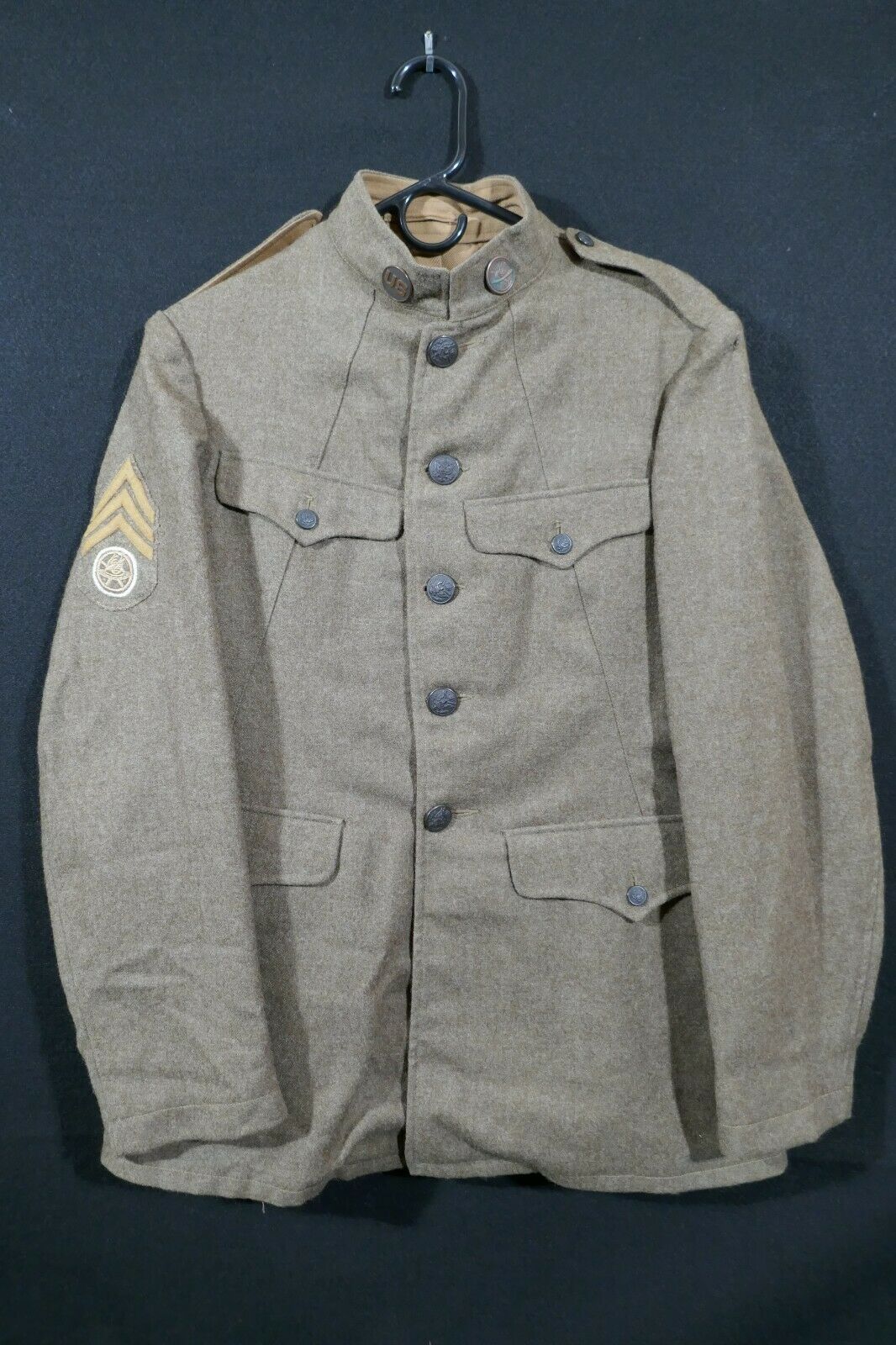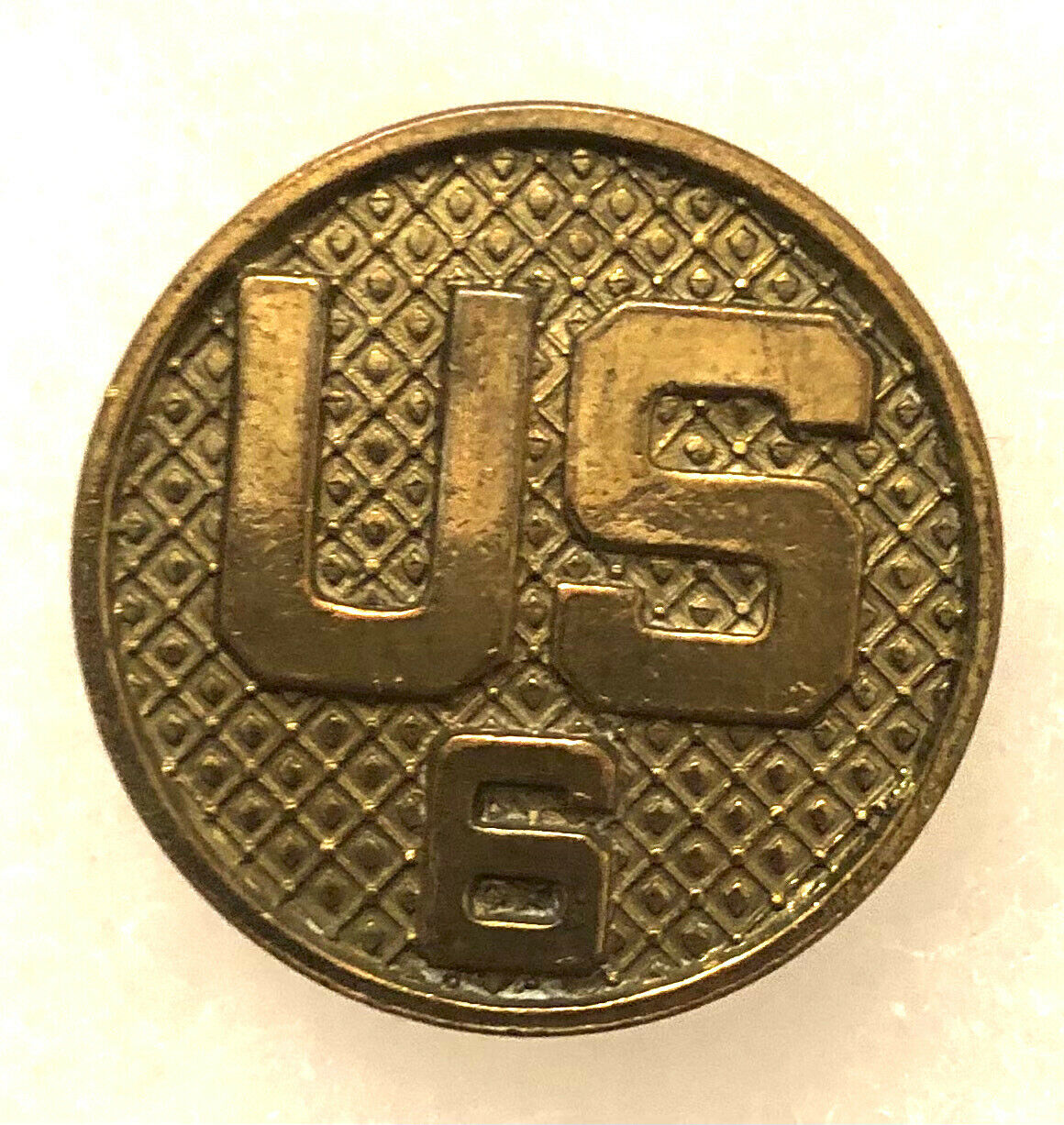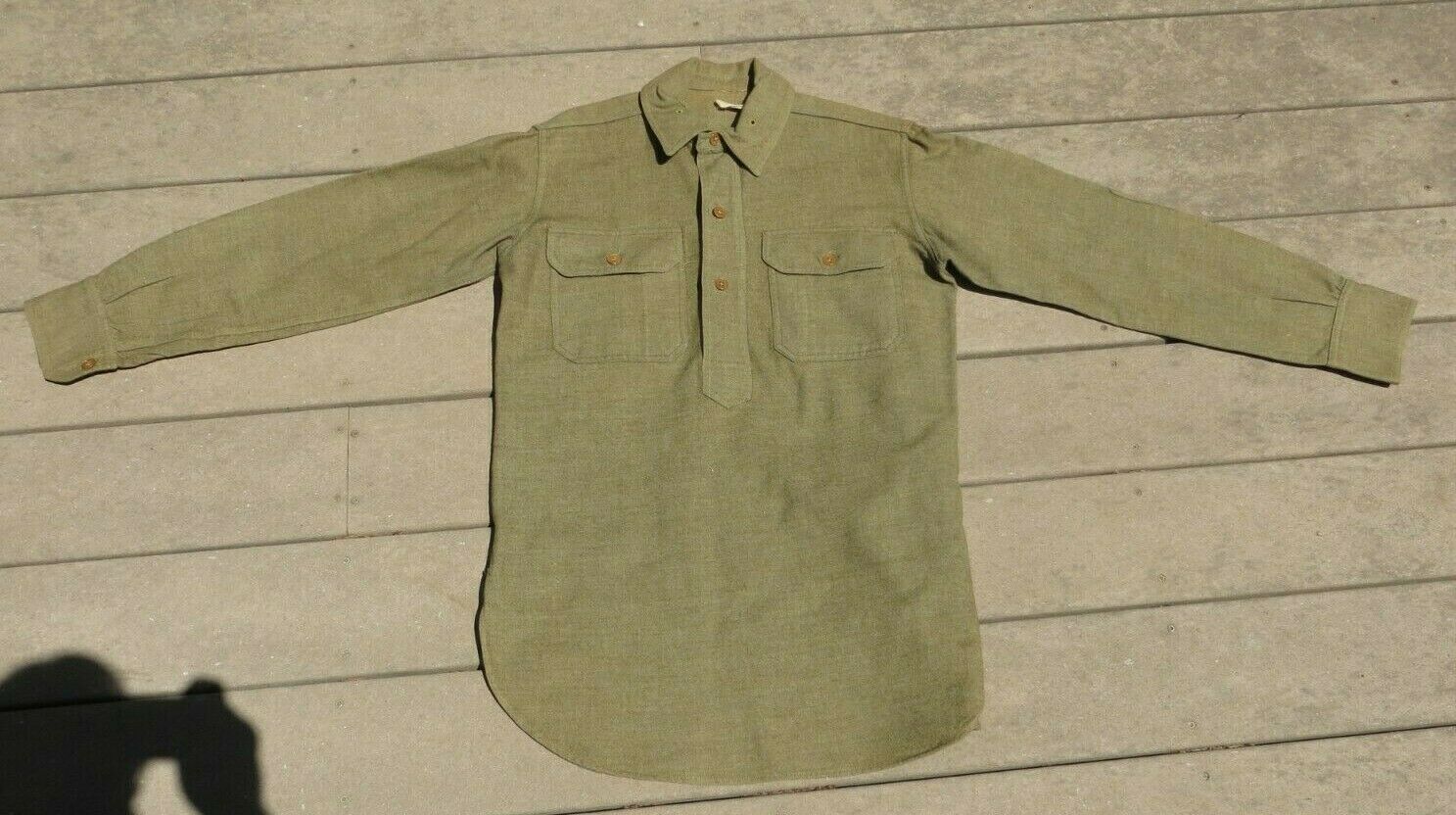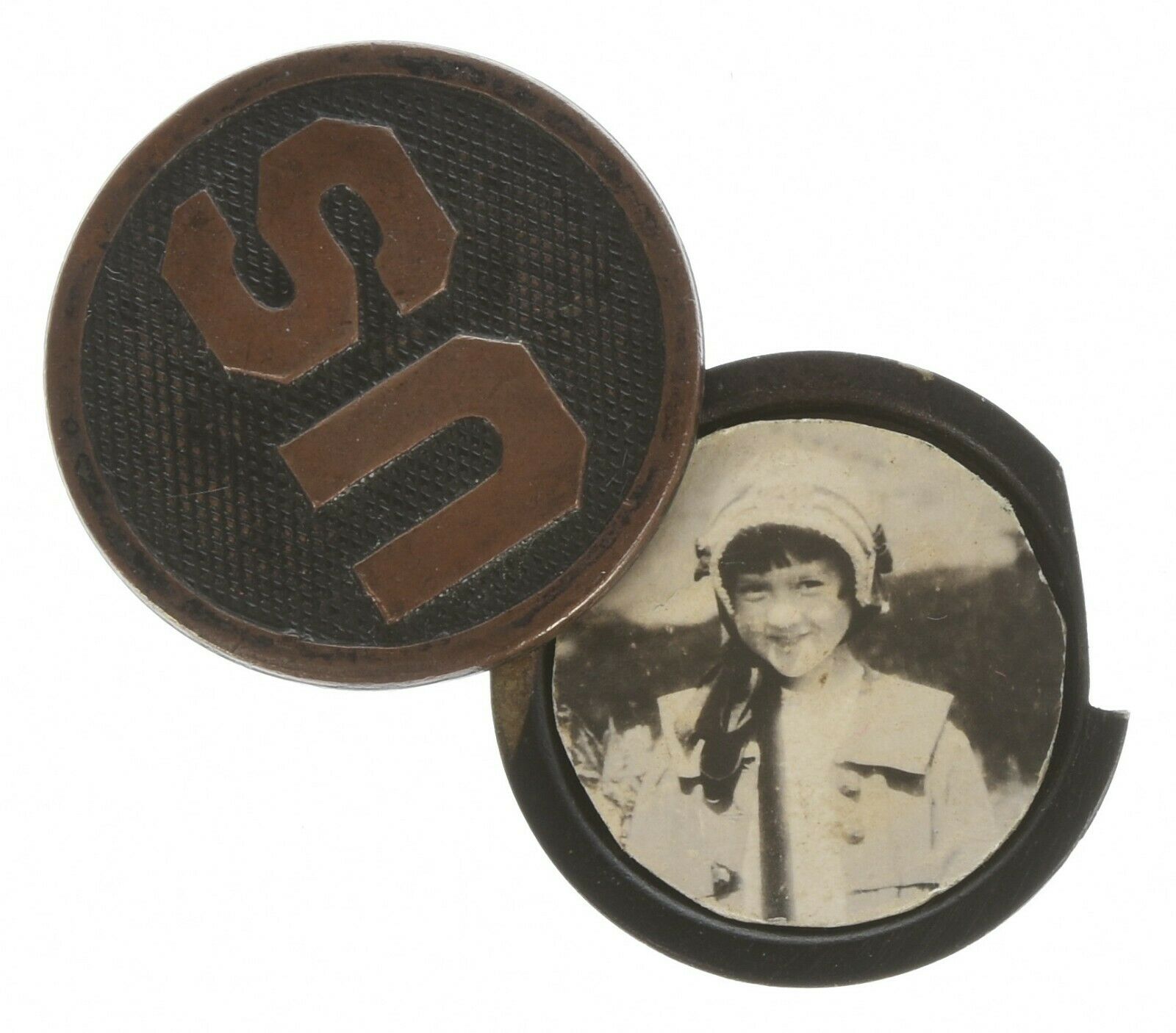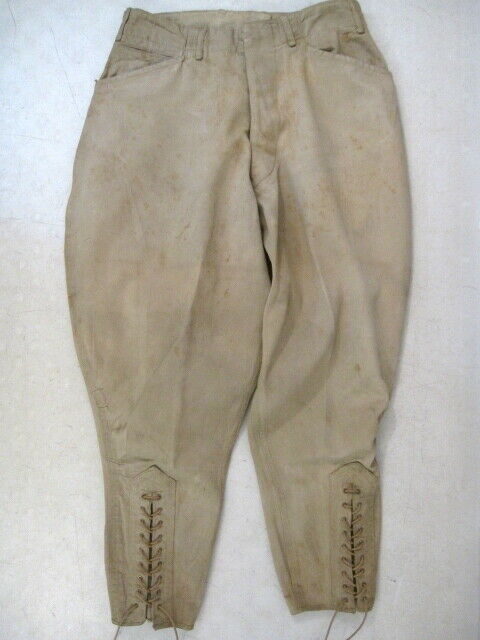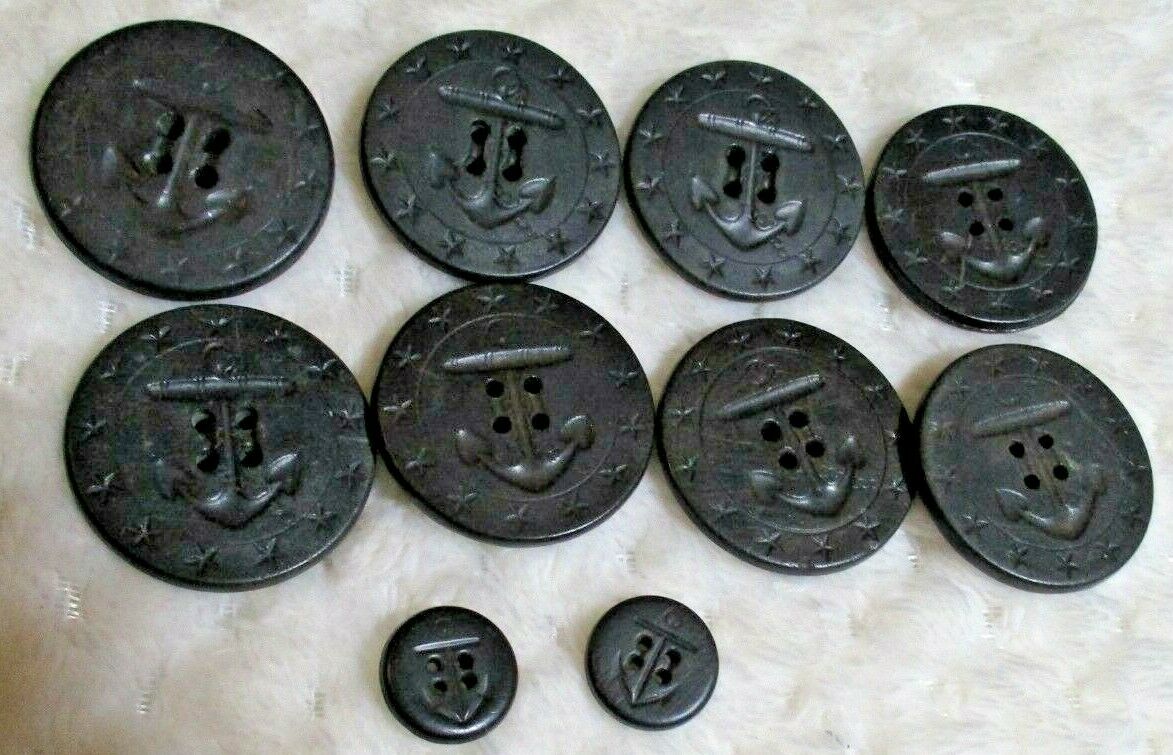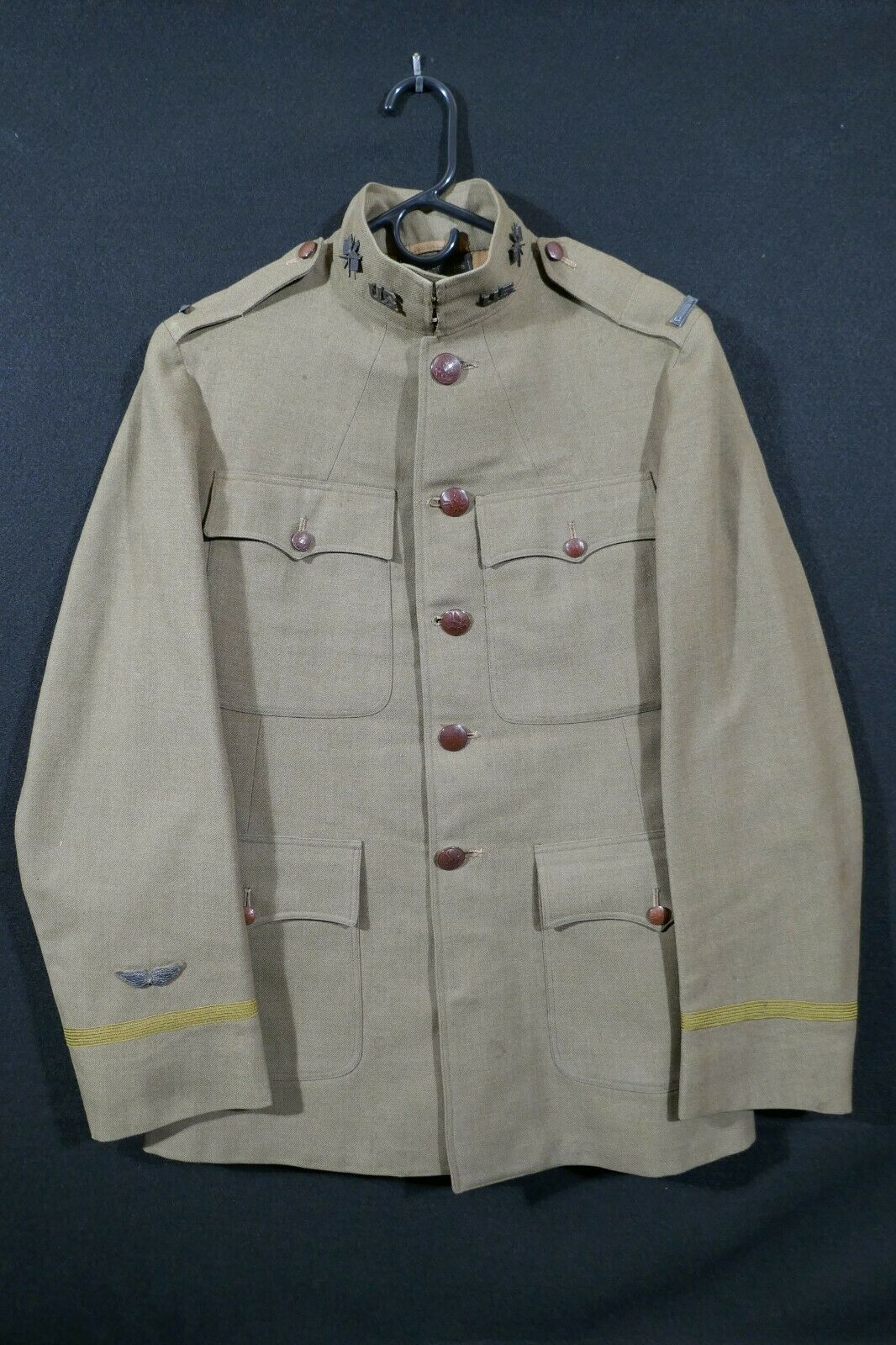-40%
Orig Col Raynal C. Bolling Uniform, Father of the Air National Guard and more!
$ 7656
- Description
- Size Guide
Description
This is Col. Reynal C. Bolling’s Uniform. He was an aviation pioneer and the first high ranking US officer to be killed by the Germans in WW1. Bolling is known for many things, he was the head lawyer for US Steel. And an avid aviator in the National Guard. He was the first person to mount a machine gun on a truck, making mechanized infantry. He was instrumental in forming a businessman’s boot camp in NY with teddy Roosevelts son. He was prior to the US joining WW1, he was chosen by the US Government to head up the Bolling Commission, that went over to France and England and setup bases and procured aircraft for the US involvement in WW1. Soon after he was killed in action, when the Germans ambushed him and his driver. He was the first high ranking US officer killed in the war. He became a National Hero and statues and monuments were raised all over the United States. Bolling Airfield is named after him in Washington, DC. The Presidents Air Force 1 flies out of there. He introduced the Bolling wing, which was cut from the hat badge of the aviators to wear by members of the commission.What you receive:
Tunic, this was an actual flying uniform, made by Brooks Bros NY , has some oil spots on right arm
Hat, complete, the metal insignia was sewn on as well as screw attached, excellent condition with small moth nip.
Sterling silver Captain bars, false embroidery
Collar devices, USR and Signal Corps, blackened
Bolling Wing, jeweler made, marked Gemsco, NY. G-2, blackened brass and worn.
Large framed New York Times front page on the training of business men to become military officers.
Original printing of the book of his life.
Some paperwork, copies of pictures and correspondence.
Most of which came from his Granddaughters estate sale.
Sorry, the Sam Browne belt was not his and is not included in the auction!
I travelled to Bolling airfield the verify the uniform. The Air Force historian said it was authentic and asked what I would do with it. I went to the Bolling officers club and it is a Bolling museum with art work, letters, clippings but no uniforms.
Some more info from various history sites:
The 26 SAS is
the oldest squadron in the Air Force Reserve and one of the oldest in the Air Force
. It was founded in 1914 by Raynal Bolling as the Army Signal Corps' 1st Aero Company, part of the New York National Guard. In May 1917 it was re-designated the 1st Reserve Aero Squadron.
Raynal Cawthorne Bolling
Born
September 1, 1877
Died
March 26, 1918 (aged 40)
Place of birth
Hot Springs, Arkansas
Place of death
Estrées-Deniécourt, France
Allegiance
United States
Service/branch
National Guard, New York
Aviation Section, U.S. Signal Corps
Years of service
1915-1918
Rank
Colonel
Battles/wars
World War I
Awards
Army Distinguished Service Medal
Legion of
Raynal Cawthorne Bolling[n 1] (September 1, 1877 - March 26, 1918) was the first high-ranking officer of the
United States Army
to be killed in combat in
World War I
. A corporate lawyer by vocation, he became an early Army aviator and the organizer of both of the first units in what ultimately became the
Air National Guard
and the
Air Force Reserve Command
.
Sent to France to lay a foundation for the
Air Service of the American Expeditionary Force
as head of what became known as the "Bolling Mission," he remained in France instead of returning to the United States, served briefly in a number of staff positions and was selected for a future combat command. He was touring his future area of operations to learn the nature of the work he would be expected to perform when he was killed in action by German troops during the opening days of the
1918 spring offensive
. He was the namesake of
Bolling Air Force Base
.
Contents
Biography
Bolling was born in Hot Springs, Arkansas, but from 1911 he was a resident of Greenwich, Connecticut. In 1912, he commissioned the architects Carrère and Hastings to build him a mansion, called Greyledge, on Doubling Road. The estate was razed in 2007 by its current owner despite a public outcry.[1] He attended the Penn Charter School in Philadelphia, graduating in 1896. He graduated from Harvard College in the class of 1900 and from the Harvard Law school.
Bolling was an attorney at Guthrie, Cravath, and Henderson. A little after a year there he began his career in the legal department of the United States Steel Corporation. By 1907 he was assistant general solicitor and married Anna Tucker Phillips, June 25, 1907 in Beverly, Massachusetts. She was the sister of William Phillips, a prominent career diplomat. He also joined the
New York National Guard
. He and his wife had four daughters and a son, one of whom, Cecelia Raynal Bolling, died in infancy. In 1913 he was named general counsel of US Steel at the aqe of 36.[2][3][4]
Military service
National guard aviation pioneer
In the summer of 1915 Bolling, along with his brother-in-law and seven New York businessmen, all members of the American Aero Club, began taking flying lessons on property owned by the Wright Company near Garden City, New York. They contracted with an aviation school operated by Edson and Herbert Gallaudet for the use of their Gallaudet C-2 dual-controls trainer, which had a 50-horsepower Gnome motor, and the services of 20-year-old Peter Carl "Tex" Millman as an instructor.[5] By the end of July, Millman reported several of his students including Bolling were ready to try for their American Aero Club license.[6]
Bolling was in sympathy with the objectives of the
Preparedness Movement
, a group of influential Americans advocating military preparedness for involvement in World War I and drawn primarily from wealthy lawyers, bankers, academics, and politicians of the Northeast. Starting August 10, he was a participant in the first "Business Men's Camp", a volunteer summer military training camp organized and funded by the Preparedness Movement in Plattsburgh, New York, with the encouragement of Gen.
Leonard Wood
. There he organized a "motor machine gun troop" and arranged for Millman to fly Gallaudet's C-2, re-engined with a 100-horsepower Gnome and termed the "Military Tractor," from the camp to demonstrate its military usefulness.[5] Despite a long delay caused by lack of a safe landing ground nearby, Millman made 20 flights over a three-day period. Bolling also arranged for use of the American Aero Club's six-person balloon, the America III, to make a demonstration for the trainees.[7]
In September, after the Plattsburgh encampment was over, Bolling began preparations for organizing an aero company for the guard. He secured the services of three additional flying instructors[n 2] and began recruiting personnel. He received ,500 in funding from the Aero Club of America (ACA)[n 3][4][5][8] and rented both the "Military Tractor" and Gallaudet's earlier prototype, the C-1. Authorization to form an aviation section in the Signal Corps of the Guard was announced by New York Governor Charles S. Whitman in October,[9] and Bolling, who had just completed his flying instruction, was then appointed to the ACA's special committee to support its implementation.[10]
In November 1915, Bolling was appointed as a
first lieutenant
in the New York National Guard and organized the "Aviation Detachment,
First Battalion Signal Corps
, National Guard, New York." During the winter of 1915-1916, when it reached its authorized strength of four officers and 40 enlisted men, the detachment was designated the "1st Aero Company" and was the first national guard aviation unit in the United States.[5][n 4] The pilots of the company were prominent young New Yorkers, many of whom had already had some flight instruction over the summer. Within a month, half of the 48 states had applied to the ACA for financial assistance in purchasing aircraft and equipment.
The Gallaudet "Military Tractor" used by the Aviation Detachment at Garden City
Flying instruction began immediately at Garden City Aerodrome, with 56 flights in November alone.[11] Throughout the winter of 1915-1916 the 1st Aero Company conducted flying operations, but by April continuing bad weather and engine problems slowed progress in training. The company returned its rented trainers to Gallaudet and acquired five more of disparate manufacture and age, including purchase of a
Curtiss JN-4 "Jenny"
. In addition, the company attended weekly classes in aircraft engines and the theory of aviation at the Columbia School Of Engineering.[5]
The company, commanded by now-Captain Bolling, was mustered into federal service on July 13, 1916, and began a five-week encampment. The Army opened the "Signal Corps Aviation Station, Mineola" at the Garden City Aerodrome on July 22[12] and the 1st Aero Company received regulation training from two
regulars
, 1st Lieutenants
Joseph E. Carberry
and Walter G. Kilner, both veterans of the
Punitive expedition
in Mexico with the
1st Aero Squadron
. On August 1 the aviation school received the first of forty new aircraft to be delivered over the next eight months, most of them Curtiss Jennies, authorization to buy fuel, and to hire three civilian instructors and seven mechanics as staff. In addition to the 1st Aero Company, the newly formed 2nd Aero Company NYNG also arrived for training (but was not federalized or subject to Carberry's orders), as did 14 officers from the guards of other states, all of which enabled the company to train as a unit.[13] Bolling passed a flying test for an expert pilot's license on October 25, receiving Fédération Aéronautique Internationale certificate No. 536, and passed the
Reserve Military Aviator (RMA)
qualification test.[14]
Intended for service in Mexico, the 1st Aero Company never left Long Island but did train 25 of its own members as pilots before mustering out of federal service in November 1916.[15] It is recognized as the
Air National Guard
's oldest unit and its lineage is carried by the
102d Rescue Squadron
, New York ANG.[16] The increasing numbers of Army aircraft at Mineola enabled the company to continue flying even after it returned to the jurisdiction of the national guard.
At the same time as these events involving Bolling's unit, a parallel private pilot training program was underway. After American troops under General
John J. Pershing
entered Mexico in March 1916, a group of wealthy New Yorkers underwrote another school at nearby
Fort Jay
in New York City. The organizer was attorney Phillip A. Carroll, who had been one of the nine men trained by Millman the previous summer. Called the Governors Island Training Corps, the small group of candidates began instruction on May 2 and trained daily under the authority and regulations of U.S. Army Eastern Department commanding general
Leonard Wood
with the goal of passing the RMA test and being commissioned in the new aviation section of the Signal Reserve Corps.[n 5] Ultimately 17 men participated, ten completed the course, and seven including Carroll received ratings and commissions by May 1917.[17]
In its second winter of operations but no longer under federal control, the 1st Aero Company continued training flights in conjunction with the small force of reserve candidates flying from Governors Island. On November 18, 1916, Bolling led a flight of seven Jennies from Mineola to New York harbor, where they were joined by a pair of JN-4s from the Governors Island school.[n 6] One of Carroll's instructors in his own plane accompanied the group as the ten airplanes flew cross country together to Princeton, New Jersey, to attend the Yale-Princeton football game, the largest such formation of airplanes to date.[18] In one of its final tactical maneuvers, led by Bolling on March 8, 1917, the 1st Aero Company participated in an exercise that involved 25 aircraft and half of the company's 44 personnel, simulating battlefield reconnaissance of camouflaged equipment and fortifications, and smoke from a simulated artillery battery.[19][n 7] Despite their achievements, Bolling's report to the Chief of the Militia Bureau concluded that the development of national guard aviation was not practical at that time because of difficulties in attracting skilled mechanics into the guard to maintain the aircraft. As a result,and because of a curtailment of federal funding for the project, the War Department decided not to use national guard aero squadrons for service in the war. The 1st Aero Company was disbanded on May 23, 1917.[20]
By that time the United States was
at war
with Germany. Bolling was called to active duty as a major in the
Aviation Section, U.S. Signal Corps
on April 27, 1917, "for duty in connection with the organization of the 1st Reserve Aero Squadron," pursuant to authorization of the
National Defense Act of 1916
.[21] On May 26, 1917, shortly after the national guard company was disbanded, he organized the new 154-man squadron, the first
air reserve unit
in the United States. The squadron became the
26th Aero Squadron
after it deployed to France and had as its cadre the former guardsmen of the 1st Aero Company and the reserve military aviators with whom Bolling had trained in 1916-17.
World War I
Before Bolling could actually take command of his unit, he was detached in June 1917 for staff duty. Because of his legal experience he was assigned to assist in the drafting of legislation for Congress to authorize the development of military aviation. The subsequent Aviation Act (40 Stat. 243), passed July 24, 1917, was the largest single appropriation for a single purpose to that time, 0 million.[23]
He was also appointed to the advisory Aircraft Production Board of the
Council of National Defense
, as head of an aeronautical commission to Europe known as "the Bolling Mission," to represent
Secretary of War
Newton D. Baker
and the Board. His commission consisted of two Army pilots trained in aeronautical engineering at the Massachusetts Institute of Technology, two naval officers, two civilian automobile executives and 93 civilian aircraft technicians.[24][25] The commission was charged with studying the types of military aircraft being used by the
Allied Powers
, recommend types to be put into production in the United States, and determine what types should be purchased directly from European sources. Bolling was chosen for his business and legal skills in negotiating prices and royalties. The commission left for Europe on June 17, 1917 and arrived in Liverpool on June 26. After a week in London, where its members fanned out to English airfields and aircraft factories, the commission repeated the process in Paris for two weeks, Italy for ten days, and then returned to Paris.[26] Bolling took advantage of his mission's "quasi-diplomatic" status and his brother-in-law's authority as an Assistant Secretary of State to communicate with Washington using the State Department's transatlantic telegraph cable.[27]
Bolling reported to the
Chief Signal Officer
from Paris on August 15 and recommended that the United States send materials, engines, and parts for assembly of airplanes in Europe.[26] To accelerate the number of American pilots, the report recommended that the best cadets then in ground schools be shipped to France to complete their primary flight training under French instructors. The report further recommended an air force of "fighting airplanes and bombers" well beyond the numbers of airplanes providing auxiliary support of ground forces by observation.[28] In particular Bolling and his Army colleagues, Captains
Edgar S. Gorrell
and
Virginius E. Clark
, were impressed by the concept of long-range strategic bombing, influenced by the Italian use of
Caproni bombers
against Austrian targets. It was one of a number of aircraft the commission recommended for manufacture by American industry, including the
Bristol
and
SPAD VII
fighters,[29] but of its recommendations, only the
deHavilland DH-4
was suitable for American production methods or engines and thus built in quantity before the war ended.[24] Bolling prepared the preliminary aeronautical contract with the French, calling for delivery of 5,000 airplanes by July 1, 1918, which was signed on August 30, 1917, by the French air minister and General Pershing, now in command of the
American Expeditionary Force
.
Following his work with the commission, Bolling joined Col.
Billy Mitchell
's aviation headquarters in Paris, which was still being organized, as Chief, Zone of the Interior, Air Service.[30] On September 3, 1917, Pershing created the
Air Service of the American Expeditionary Force
and chose Bolling to become Director of Air Service Supply, to administer the Air Service Zone of the Lines of Communication.[n 9] Bolling was promoted to
colonel
and his duties were a continuation of those under Mitchell: the supervision of training, the administration of personnel records, the operation of Air Service lines of communication (supply), the activities of the Balloon Division, and the establishment of training schools and air depots for equipment and repair. The most important sections of his new office were those which performed flying training, all balloon activities, and aerial photography units.[31] One of his first tasks was the accelerated construction of a large flying school at Issoudun to provide advanced training to cadets completing their preliminary instruction in France, as he had earlier recommended.[32][n 10]
On November 17, 1917, the headquarters of the Air Service AEF underwent a shakeup when its new commander, General
Benjamin Foulois
, arrived from
Washington D.C.
with a large staff and displaced all the existing members.[n 11] Bolling was relieved by Foulois and assigned to be chairman of the Joint Army-Navy Aircraft Committee, ostensibly to coordinate the activities of the military and the aviation industry in procuring aircraft.[33] He was also Pershing's nominal aviation representative on the
Supreme War Council
; however, Foulois sat on both these committees. The assignment proved frustrating as his staff work and proposals were often undermined by competing interests, political in-fighting, and administrative delays.[26] Bolling sought a combat command and was picked to become chief of air service for the
U.S. II Corps
when it formed in the spring.[30] To prepare himself he visited aerodromes of the
Royal Flying Corps
in the vicinity of Amiens in March 1918 to observe air operations in support of the
British Expeditionary Force
during the
German spring offensive
.
When the first US Pilots arrived in England in WWI many had 1/2 wing Badges on their uniform. In the US a pilot in the Army Reserves wore a 1/2 wing. In Europe a non-pilot, such as a crew member wore a 1/2 wing. So the Brits made fun of the American’s, of course. he wing was period modified by cutting away everything but the shield and the wings (see Aviation Badges and Insignia of the United States Army 1913-1946, J. Duncan Campbell, 1991, page 97). In June of 1917 the War Department sent a group of officers, lead by Major Raynal C. Bolling, to gather intelligence on the aeronautical situation in Europe. The Junior Military Aviators of the group found themselves at a disadvantage in England and France, because the wing badge they wore had only one wing, which their European counterparts understood as "observer" not "aviator". This meant that US JMA`s were ignored by European aviators of the same rank. Their solution to this embarrassing dilemma was to, with proper American ingenuity, cut-down their cap insignia to create a "double" wing, which "immediately settled the delicate matter of rank" This is the original wing from the cap badge.
Death
On the morning of March 26, 1918, during the
opening phase
of the offensive, Bolling and his driver, Private Paul L. Holder of the
22nd Aero Squadron
, left their hotel in Amiens, headed for the British aerodrome at Harbonnières. They found it deserted and continued driving east toward the front lines, where they encountered three British Army officers in Estrées-Deniécourt, including a major with whom Bolling had an acquaintance. The officers indicated that to the best of their knowledge the oncoming German forces were still five kilometers distant. With this assurance, they headed towards a hill about 2.5 km away from which they might be able to observe the battlefield. Only Bolling was armed, and that an officer's service revolver.[34]
After driving only 300 meters, their car was ambushed by hidden German machine guns on both sides of the Amiens-Saint-Quentin Road (
49.875°N 2.780°E
). Before Holder could turn the car around, German fire disabled its motor. Holder and Bolling took cover in separate shell holes, which were connected by a ditch that enabled Bolling to see Holder. The fire of the machine guns lasted fifteen minutes, after which two German soldiers approached Holder's position. When one of them fired twice at the unarmed Holder crouching in his hole, Bolling shot and killed the German with his revolver. The other soldier killed Bolling with two shots, one to the chest and the other to the head.[34]
The German troops continued west, and while Holder pretended to be dead in hope of escaping through the lines after dark, he was captured a half hour later by follow-on troops and made a
prisoner of war
. Bolling was the first high-ranking air service officer killed on the battlefield in World War I.[3]
One can only wonder what he would have accomplished as the commander of a combat squadron in WW1!
Legacy
Colonel Raynal C. Bolling Memorial, Greenwich, Connecticut
Bolling was posthumously awarded the
Legion of Honour
by the French government and the
Distinguished Service Medal
by the United States Army. The sculptor Edward Clark Potter created a life-size statue of Bolling that was cast in bronze by the Gorham Foundry of Rhode Island for permanent display near the town commons of Greenwich, Connecticut. The Indiana limestone background of the memorial shows aircraft in combat in low relief. Bolling is honored at the Memorial Church of Harvard University and by "Bolling Grove," a redwood grove on the Avenue of the Giants, paralleling Highway 101 along the south Fork of the Eel River in Humboldt Redwoods State Park, California.
Bolling Field
,
District of Columbia
, now a part of
Joint Base Anacostia-Bolling
, was opened on July 1, 1918 and named to commemorate Bolling.[3]
A note found in the pocket of this uniform reads as follows:
"Grandfather Bolling's old army uniform, 1916, Buttons are in ditty box in closet, I think. Heavier coat on display at Bolling field."
RESPONSE FROM BROOKS BROTHERS
Dear Mr. Hobie Saunders,
Thank you for your interest in the Brooks Brothers archives. The company has indeed maintained extraordinary records; however the kind of information you have requested is not ascertainable. No sources exist which would permit me to trace the manufacture or sale of individual uniforms during the Great War period. As I'm sure you are aware, the provenance accompanying your artifact adds a great deal to its historical value, especially considering that an important base-home of the 11th Wing (single manager for all Air Force activities supporting Headquarters Air Force) here in Washington D.C.-was named in honor of Raynal Cawthorne Bolling.Interestingly enough, Bolling Air Force base is also home to the Air Force History Support Office, which may be able to assist you in uncovering more about Col. Bolling. Below is contact information for the Research and Analysis Division:
Air Force History Support Office
AFHRA OL-A/HOR
3 Brookley Avenue, Box 94
Bolling AFB, DC
Again, thank you for your interest and do not hesitate to contact me with any further questions.
Chris Juhasz
Archivist
The History Factory
Chantilly, Virginia












